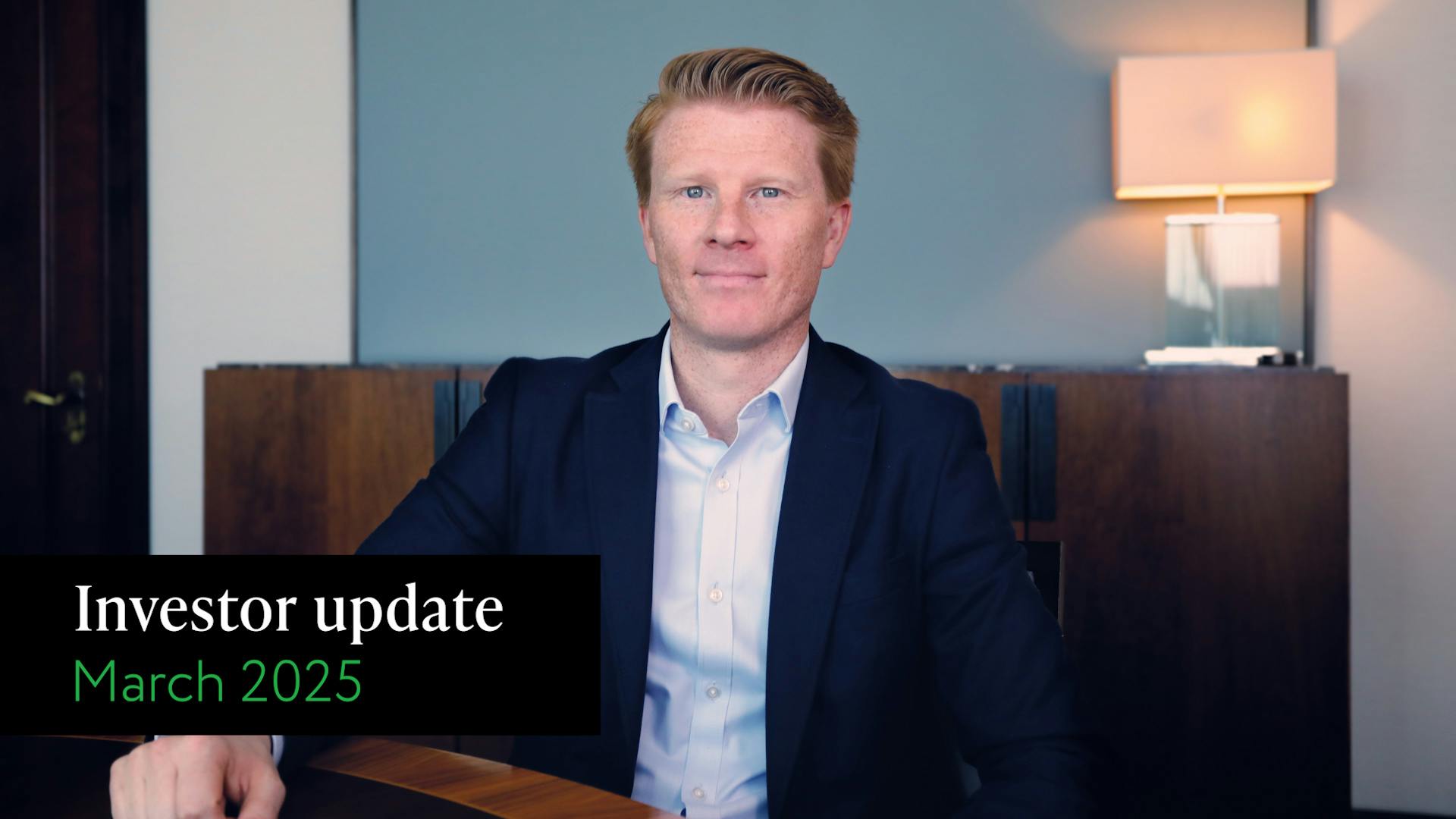

How we invest
We offer a quality investment solution, without the cost and complexity you might expect. Our team draws on their expertise and technology in managing globally diversified portfolios tailored to your risk profile and choice of investment style.
With investment, your capital is at risk.
Best Buy ISA 2024

Over £4.5 billion assets under management

Best for Customer Service 2024

What we believe
Everyone should have access to experts
Investing is complex. And without the tools – or the time – to research every facet of the financial news, individual investors are putting themselves at a significant disadvantage. Our team of professionals will do the hard work for you.
Investing is about evidence, not instincts
History shows that long-term, intelligent asset allocation is a far better approach than picking a single company that may or may not outperform the pack. We use a broad range of investment assets to build globally diversified portfolios.
Transparency is empowering
Investors are told far too little about how their money is managed.
Our proprietary technology helps you get the best out of your investments, and allows you to see exactly what you’re invested in and how you’re performing – from any device, at any time.

How it works
1
We get to know you
When you sign up, we’ll ask about your personal goals and risk appetite. With that information, we’ll help you to choose a portfolio that’s right for you. There are no exit fees, and you can change your investment style and risk profile at any time.
2
Our experts get to work
We’ll build a globally diversified portfolio, tailored to your goal and risk profile, and invested in exchange traded funds (ETFs). ETFs track a market index and give you exposure to a pool of investments without having to buy each one.
3
We keep you at the centre
We’ll manage your portfolio on an ongoing basis, regularly rebalancing to keep your investments aligned to your long-term objectives. You can choose a portfolio where our experts make strategic adjustments to the mix of investments.




Past performance and asset allocation
Below you can see a detailed breakdown of our performance, as well as an indication of how our investments are allocated across global financial markets.
- Track record
- Asset allocation
- Countries allocation
Track record
Explore our full 10-year track record for each of our 10 risk-based Fully managed portfolios and see how our results compare against our competitors.
The past performance shown represents a composite of asset-weighted average returns for Nutmeg client portfolios, net of all fees. A composite return represents the average return of all client accounts for a given risk level on a given day, weighted by assets. Past performance is not a reliable indicator of future performance.
*The annualised figure is the return since inception expressed as a compound annual rate. For example, a portfolio with an annualised return of 6% corresponds to an actual return of 19.1% over three years (rather than 18% as you might expect) due to the effect of compounding.
Capital at risk.

Choose your investment style
All five Nutmeg investment styles are built by experts and use exchange traded funds (more on ETFs here) to diversify across stocks, bonds, industries, even countries.
Choose the one that works for you.






Most people ask us...
What does Nutmeg invest in?
What does Nutmeg invest in?
The list below includes investments we currently use as well as those we may have used in the past:
- Developed Equities
- Emerging Market Equities
- Government Bonds, Developed
- Government Bonds, Emerging
- Corporate Bonds
- Global Equities
For more detailed information, read our dedicated support page.
When does Nutmeg invest?
When does Nutmeg invest?
We typically invest twice a week but the day and/or frequency may change depending on demand and market conditions.
We explain our investment cycle in more detail on our dedicated support page.
What is an ETF?
What is an ETF?
ETFs, or exchange traded funds, are an easy way to gain exposure to a pool of investments without having to buy each underlying asset individually. They typically track a stock market index, asset class, market segment, region, or sector and are referred to as “passive” investments. ETFs are passive funds in that they attempt to track the performance of a market index or pool of investments, where an “active” fund will attempt to beat the index.
Find out more about ETFs by reading our comprehensive ETF guide.
What's the difference between an ETF and a mutual fund?
What's the difference between an ETF and a mutual fund?
Both ETFs and mutual funds are made up of money pooled by many investors so that individual investors gain access to expertise and investments they otherwise would not.
Because ETFs are exchange traded, we can transact in the ETF throughout the day, rather than at one set point each day as in the case of a mutual fund tracker. And because a mutual fund index tracker prices and trades once a day, you will typically not know the price at which you have bought or sold until after the transaction. ETFs trade on recognised stock exchanges, meaning pricing visibility is high, and they can be traded whenever the relevant stock market is open.
The range of ETFs on offer is also much broader than mutual funds. ETFs offer access to many assets that tracker funds do not, and in many other shapes and forms.
